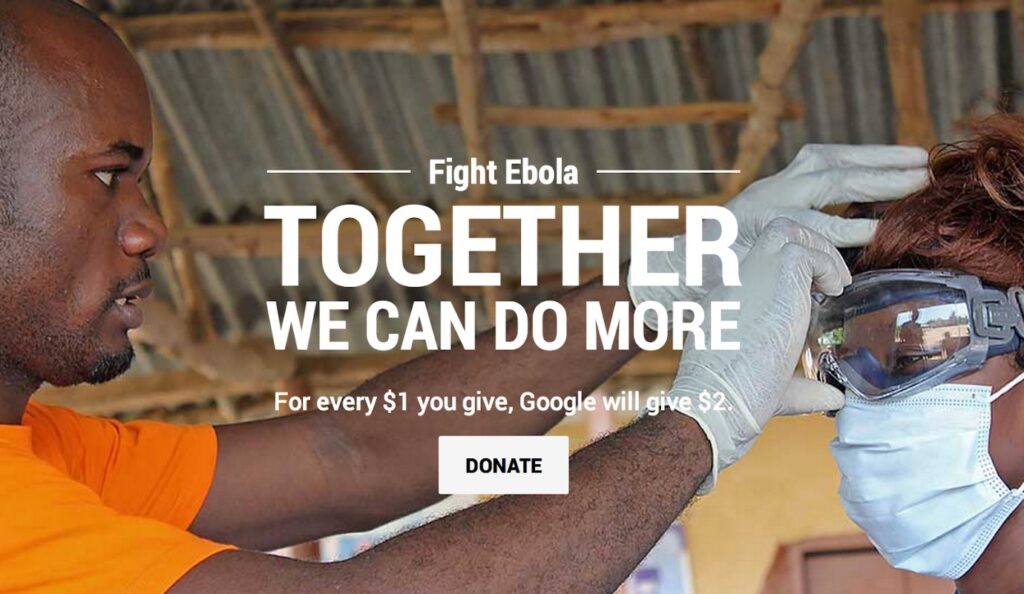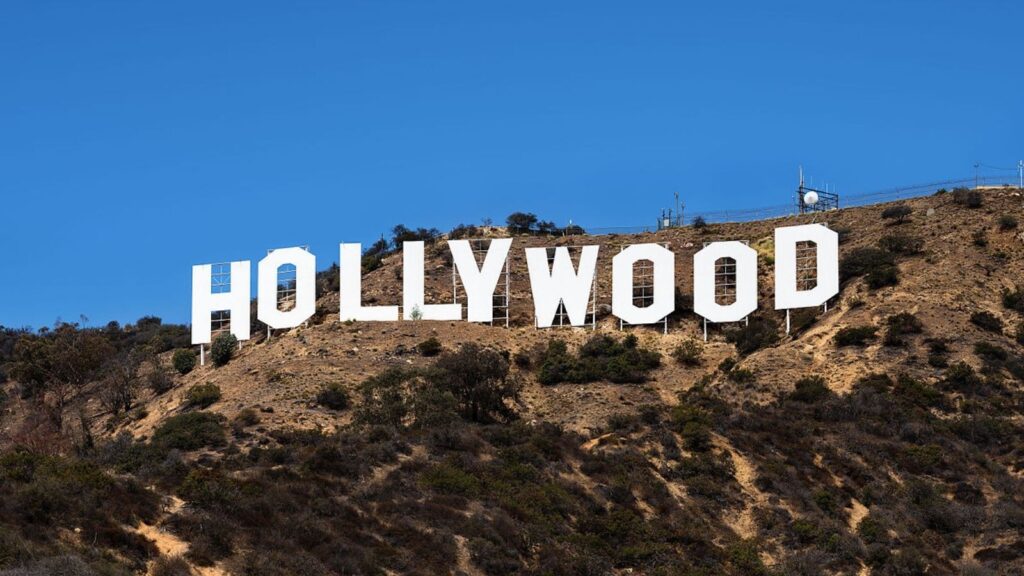Public relations “PR” is one of the most underestimated tools a business can leverage to propel through difficult times. Most firms’ value is represented by their public image, which makes up 63% of the total. When there’s a mistake or the company’s reputation suffers damage, it has an immediate impact on the entire corporate environment and its associated businesses.
It takes 4 to 7 years to restore a bad reputation. As a result, it has become critical for businesses to invest in effective public relations techniques in order to preserve a positive connection with their customers.
Table of Contents
What is Public Relations?

The term “public relations” refers to the activity of managing the flow of information between an individual or a company and the general public. The goal of public relations is to shape how others perceive you or your company by making it more likely that they will say positive things about you.
Public relations professionals are often charged with monitoring what people are saying about their organization in social media outlets like Twitter and Facebook.
Additionally, they’re also involved in:
Writing press releases
Drafting speeches
Arranging interviews
Coordinating events such as speaking engagements, award ceremonies, etc.
Product launches
Producing promotional materials like brochures and videos for distribution to potential customers through advertising channels like TV commercials or billboards.
What Are the Objectives of Public Relations?
The primary aim of public relations is to preserve a good image of the brand and maintain a strategic connection with society’s various stakeholders, resulting in a positive impression of the brand and giving it an honest, successful, important, and relevant position.
What Are the Functions of Public Relations?

Public relations differs from advertising in several ways. Public relations firms do not purchase advertising, produce news stories for journalists, or focus on attractive sponsored promotions.
The primary function of public relations is to promote the brand through editorial content published in newspapers, magazines, news networks, blogs, TV shows, and websites.
The advantages of using earned or free media for advertising are that the content on these platforms isn’t bought, so there’s no need to worry about fake news. It features a third-party validation, which means it isn’t treated with suspicion by the general public.
The responsibilities of public relations managers and public relations firms include:
Assessing, anticipating, and interpreting public opinion and attitudes about the brand in order to develop strategies that utilize free or earned media to shape them.
Working in tandem with the brand’s Creative Vision, this department focuses on creating long-term value through every campaign and new move via editorial content.
Writing, distributing, and tracking press releases.
Speechwriting.
Organizing and conducting unique public outreach and media relations initiatives.
Creating web-based content (both internal and external websites).
Creating a crisis public relations plan.
Responding to consumer feedback on social media platforms and managing the brand’s social media presence.
Assessing the needs of each employee and providing counsel on policies, actions, organizational responsibilities, and personal responsibilities.
Working with government and legislative bodies on behalf of the company.
Assisting the public and other organizations in social and other policies, as well as government legislation.
They also handle investor relations.
Different Types of Public Relations

Public relations may be divided into seven categories, depending on the functions of the public relations department/agencies.
These are:
Media Relations: Setting up a good relationship with the media companies and acting as their content supplier.
Investor Relations: Attendees to investor meetings, the release of financial reports and regulatory filings, dealing with investors, analysts, and media inquiries and complaints are all part of this.
Government Relations: The brand’s government relations department is responsible for representing the company to the government on such issues as corporate social responsibility, fair competition, consumer protection, and employee protection.
Community Relations: This takes care of the social side of the business and establishes a positive reputation in the social niche (education, environment protection, etc.)
Internal Relations: Employee counseling on policies, course of action, organization’s duty, and individual duties is required. During significant product launches and events, they help them.
Customer Relations: Developing and executing marketing plans and activities that appeal to the target market and lead consumers. Involved in market research to discover more about the client’s interests, sentiments, and priorities, as well as creating methods to influence them through earned media.
Marketing Communications: This involves assisting with marketing activities such as product launch, special initiatives, brand awareness, image, and positioning.
Examples of Public Relations
Google's Fight Campaign Against the Ebola

The 2014 Ebola epidemic was devastating since it affected many countries and took a large number of lives. In order to assist people in need and to develop a good image, Google started a fundraising campaign where it promised to give $2 for each dollar donated via its website. The company’s public relations approach generated media interest, resulting in over $7 million in donations.
NOW TV’s Jeff Goldblum Statue

NOW TV’s enormous statue of a posing Jeff Goldblum goes one step further than Hollywoodland did. Demonstrating how being bold may improve consumer perceptions.
The sculpture, which was created to commemorate the 25th anniversary of Jurassic Park and weighs more than 331 pounds and is over 9.8 feet tall, generated a strong buzz in front of London’s Tower Bridge, with fans and tourists visiting to take a picture with one of the film’s most iconic figures.
Just being big and odd at times can pay huge dividends when it comes to promoting one-offs or current occasions. You may have a photographable trend that generates buzz across the entire Internet when you combine this with the shareable culture of social media.
The Hollywood Sign

Unsurprisingly, one of the first and finest marketing ploys was created in Los Angeles, California.
The famous Hollywood sign, a worldwide film industry symbol, was once just the brainchild of a real estate developer attempting to pique interest in a dreary Los Angeles suburb.
The spectacle, which has since become known as a shining example of how being daring and audacious may boost the appearance and feel of a product in consumer perceptions, has received worldwide attention.
Advantages of Public Relations
- Credibility: A trusted third party’s message is more trusted than the advertised material.
- Reach: A successful public relations campaign may entice a variety of news sources, allowing the material to be seen by a large number of people. Furthermore, this channel can aid in the exploitation of organic touchpoints that are difficult to benefit from.
- Cost-effectiveness: In comparison to sponsored marketing, public relations is a more cost-effective approach to reach a big audience.
- Better Communication: Publicity aids the firm in communicating greater information to the general public than other communication media.
Disadvantages of Public Relations
- No Direct Control: Paid media has more direct control over the material disseminated through earned media, making public relations a higher risk.
- Hard To Measure Success: It’s nearly impossible to determine and assess the success of a public relations effort.
- No Guaranteed Results: The brand does not pay for the publication of a press release because it isn’t required. It will only publish it if it believes that it will appeal to its target audience.
Why Is Public Relations Important?
Public relations has become an essential issue for many reasons, including the fact that over 63% of a company’s value is linked to its public image.
As a result, below is why public relations is important to organizations:
Public Relations is Opportunistic
The company’s reputation is enhanced by public relations techniques that capitalize on the possibilities.
These possibilities not only entice a large number of influencers to spread the brand narrative with their followers, but they also attract a slew of them.
Establishes the Company’s Reputation
When the target consumers learn about it through a third-party media source, the company’s image improves. A strong public relations plan allows the brand to improve its reputation in the manner it chooses.
Promote Brand Values
This includes using words and phrases to send out uplifting messages that are consistent with the brand’s value and reputation. This increases the company’s reputation.
Strengthen Community Relations
This entails utilizing PR methods to convey the notion that the company is an essential part of society to the target audience. This establishes a solid connection between the company and customers.
Public Relations VS Advertising VS Marketing
Public relations uses non-paid/earned media to create mutually beneficial relationships with the public.
Advertising is a type of commercial communication that attempts to inform or persuade people to try or buy something.
The umbrella over which all of the divisions that deal with developing, delivering, and interacting underlie is marketing. Hence, public relation is a form of marketing. Everything that a PR department does is geared toward the company’s marketing aims.
Frequently Asked Questions
What is the Primary Aim of Public Relations?
The main aims of public relations are to develop, maintain, and safeguard the organization’s reputation, enhance its prestige, and project a good image.
What is the Work of Public Relations Professionals?
Public relations professionals manage the image of an organization. They develop a brand, propagate the company’s message, and minimize the blowback from adverse publicity. The PR person at a small firm may have to perform all of these duties alone, such as that of cheerleader, media contact individual, and deflector of criticism.
Who is a Public Relations Specialist?
Public relations specialists are people who have a special interest in PR. They study it and work with organizations to create strategies that promote the company’s message effectively.
Since they understand how important establishing an organization’s image is for its success, these types of professionals often seek out training on developing theories about what makes audiences willing to listen or trust a brand.
How Can a Company Benefit From Public Relations?
It offers numerous advantages, including improving the brand’s reputation and encouraging positive relationships with potential customers. Furthermore, it helps companies establish their reputations in a manner they believe will entice people.
What is Negative Public Relations?
Negative public relations involves a company being on the wrong side of its target audience or society in general. This is bad for business because not only can it have short-term effects, but also long-term ones including loss of customers and consumers’ overall lack of trust towards your brand which will discourage them from buying any product you are selling.
What Are Public Relations Campaigns?
Public relations campaigns have a precise goal, such as raising consumer awareness of a product, informing the public about business developments, expanding the audience, or improving the company’s reputation. It employs planned messaging to connect with its target audience and achieve its intended purpose.
Public relations efforts are extremely important for companies. The more successful the campaign, the better the company will be.
What is Earned Media?
Earned media is publicity that is acquired through non-paid promotional efforts, such as word-of-mouth advertising or press coverage. Earned media is also known as owned media or earned exposure because it refers to the promotion of a brand rather than paid advertisements.
What is the Role of Public Relations Managers?
Public relations managers usually oversee and operate an organization’s communications strategy, reputation development, and media exposure. PR managers operate in every industry, including finance, fashion, education, and charity.
Final Thoughts
Public relations is not an option for companies that are looking to build a strong rapport with the customers. By developing this bond, the company’s reputation becomes stronger and better known among its target audience.
By establishing relationships with influencers within their industry, these individuals spread brand awareness via social media networks. Consequently, the firm gains greater exposure in the public eye.
However, there are a few disadvantages that come along with the territory when it comes to public relations. For instance, success cannot be measured due to its indirect nature. The brand also does not have any guarantees of results when utilizing this form of communication strategy because influencers choose which materials they want to share with their followers based on their own discretion.
So, why is public relations important? Public relations allows brands to improve their image and reputation, promote their values within the community, strengthen relationships with influencers, and establish a solid connection between the brand and customers.
Did you enjoy this article? Checkout similar stories:
Andy Frisella: An Inspiring Story Of Grit
Elevating Skilful Potentials: An Overview On The Life Of Jason Capital
Dan Bilzerian: The True Story Of Instagram Playboy Millionaire






